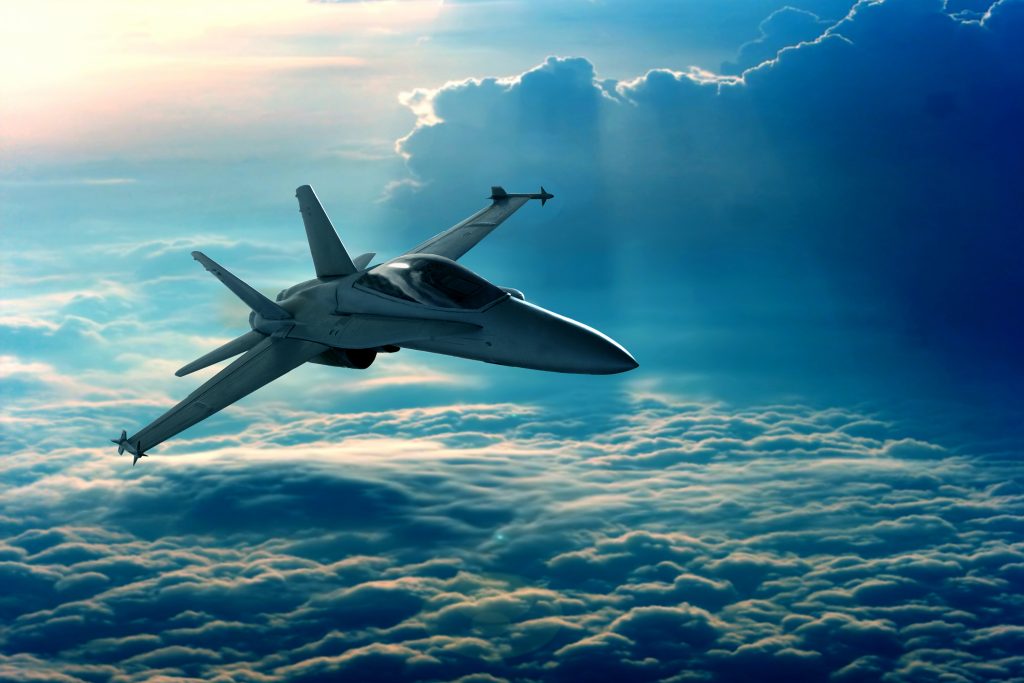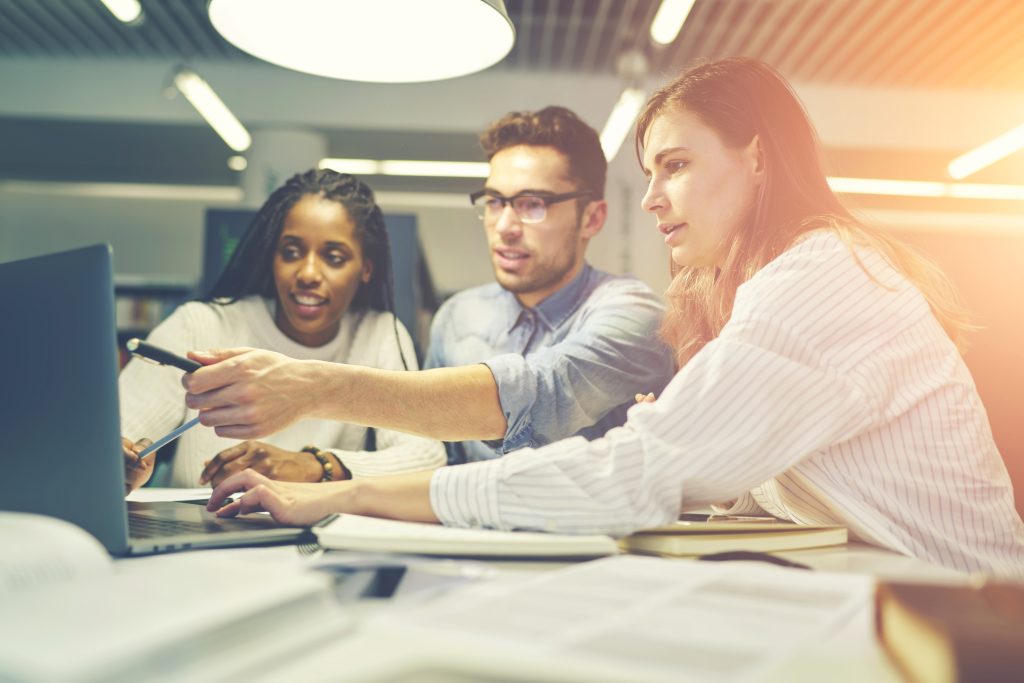
Attend almost any aerospace conference that includes a strategic assessment of the nation’s highest-priority technologies and capabilities to maintain global competitiveness and strong national security, and hypersonics will be at or near the top of the list.
Hypersonics broadly describes speeds at which an air vehicle flies at Mach 5 or faster—five times the speed of sound, or about 3,800 miles an hour—although Mach number depends on altitude, since the speed of sound differs at higher elevations due to temperature and air density. While a handful of major aerospace companies, including Boeing and Airbus, have committed to developing an airplane for commercial and business-jet travel, it will be many years before ‘civilian’ and ‘hypersonic’ are used in the same sentence.
A hypersonic air vehicle may be the ultimate multidisciplinary aerospace engineering system. It requires the integration of every traditional discipline, such as fluid dynamics and heat transfer, as well as more recent disciplines such as advanced software engineering and cyber-physical systems. The U.S. was the original pioneer in the field, starting in the 1960s, as demonstrated in such initiatives as the X-15 hypersonic program that ended in 1968 following 199 flights. Using a boost-glide flight profile, the X-15—the first manned hypersonic aircraft—accelerated to a record Mach 6.7 or 4,520 mph. Since the X-15’s retirement, other experimental aircraft programs have focused on the development of hypersonic technology that only recently culminated in flight tests.
In more recent years, China and Russia have aggressively pursued hypersonic development programs of their own, with the focus on air-breathing and boost-glide weapons systems; the latter uses rocket propulsion to achieve high speed flight before an unpowered glide. Both nations are widely believed to be aiming to deploy first-generation operational systems in 2020, according to the U.S. Missile Defense Agency (MDA).

Within the last two to three years, the U.S. has stepped up its research and development spending on hypersonics, transitioning from what effectively was a niche interest into the acquisition mainstream. For the government’s recently released FY19 budget request, investment surged 136 percent, to $256.7 million, although that’s still comparatively modest as Pentagon spending priorities go.
The U.S. goal is to bolster its technological prowess in the field, according to Michael Griffin, the Pentagon’s undersecretary of defense for research and engineering. “There has to be a first priority in [technology development], and hypersonics is it,” he stated.
The U.S. no longer has the luxury of exploring hypersonic flight as an unchallenged leader, Brian M. Argrow, professor and chair at the University of Colorado Boulder’s Ann and H.J. Smead Department of Aerospace Engineering Sciences, asserted. Indeed, a recently declassified report by the National Academies of Sciences, Engineering, and Medicine stated as much.
The Defense Advanced Research Projects Agency (DARPA), in partnership with the Air Force, is pursuing two main hypersonic development paths aimed at flight tests this year: an air-launched, rocket-boosted and scramjet-powered successor to the X-51A experimental scramjet, and an unpowered hypersonic vehicle that will detach from an air-launched rocket stage in the upper atmosphere and glide to its target. Unlike a conventional ballistic-missile re-entry vehicle, the hypersonic glide vehicle will be highly maneuverable.
Both programs are on track to achieve operational status within two years, according to the Air Force. A design review is scheduled for this month, with a flight test set for June, followed by a critical design review in September.
Between 60 and 70 percent of U.S. hypersonics research is focused on aerodynamics and aerothermodynamics, while the Chinese are pursuing a more balanced multidisciplinary effort spread across aerodynamics, propulsion, materials and controls, according to University of Michigan professor Iain Boyd.
 “If the U.S. is to retain its leadership in hypersonics, a sustained increase in university research programs to support students and new research infrastructure is critical,” Colorado’s Argrow said. “This does not imply that all increased funding should be directed solely to universities, but research programs that support joint university-agency research are proven vehicles for leveraging federal funding. Similar industry-sponsored programs [have shown] a proven return-on-investment track record.”
“If the U.S. is to retain its leadership in hypersonics, a sustained increase in university research programs to support students and new research infrastructure is critical,” Colorado’s Argrow said. “This does not imply that all increased funding should be directed solely to universities, but research programs that support joint university-agency research are proven vehicles for leveraging federal funding. Similar industry-sponsored programs [have shown] a proven return-on-investment track record.”
Actually, that’s true in more ways than one. An intriguing dimension of current hypersonics R&D is that technical breakthroughs in other areas—aerodynamics, materials and processes, for example—are likely to emerge as part of the broader scientific initiative. Historically, innovations that go far beyond national security per se have been a prolific byproduct of DoD’s pursuit of cutting-edge technology. For example, DoD laid the groundwork for the development of the Internet decades before it emerged to transform how people live, work and interact. As industry, DoD, and academia press their multidisciplinary R&D efforts in hypersonics, there almost certainly will be major advances in technology that will manifest themselves in the commercial world. And if the past is prologue, the only question is what form they will take and how they will benefit society as a whole.
Editor’s Note: To hear the experts weigh in on advancing future flight and mobility register for Dassault Sytemes 3DEXPERIENCE FORUM 2019, taking place May 13-16 at Caesars Palace, Las Vegas.
